You can make rejuvelac at home from various grains.
This demo uses buckwheat groats which are widely available and have a very short soaking time. If using wheat berries or other grains, observe the note about longer soaking time.
If you are making rejuvelac at home for the first time, carefully observe the safety notes at the bottom of this page.
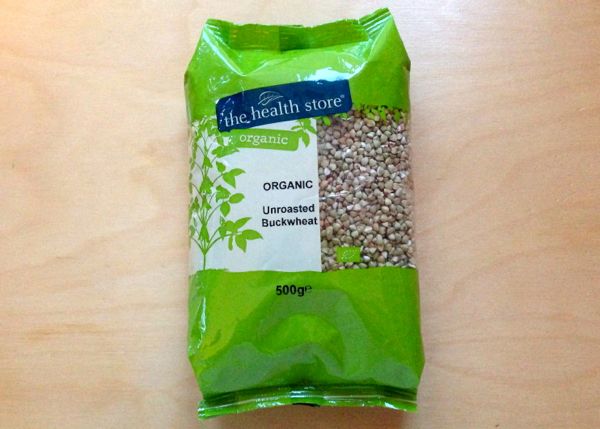
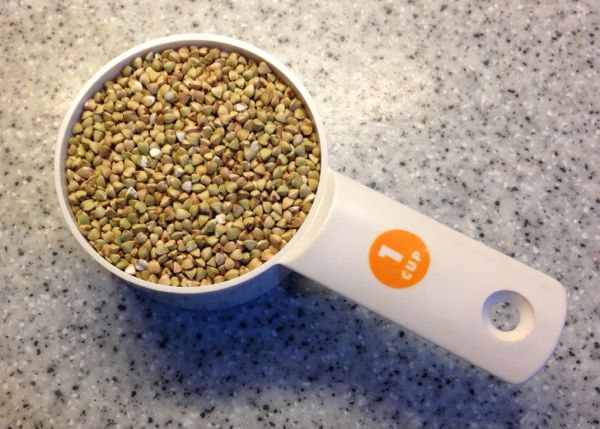
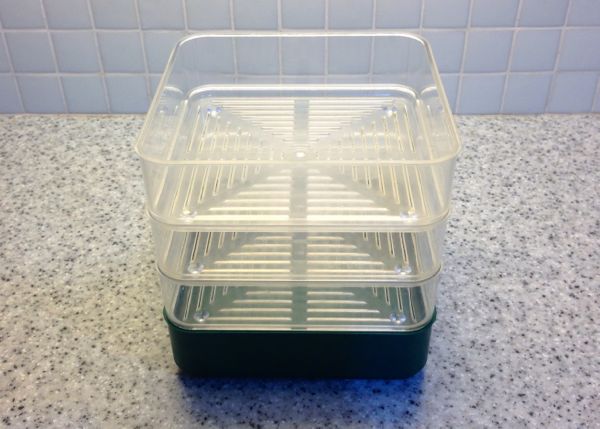
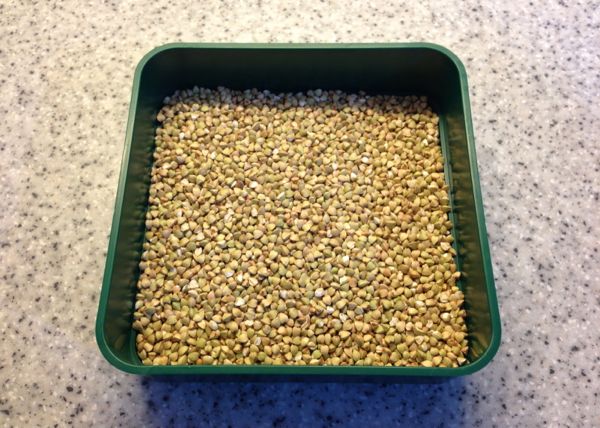
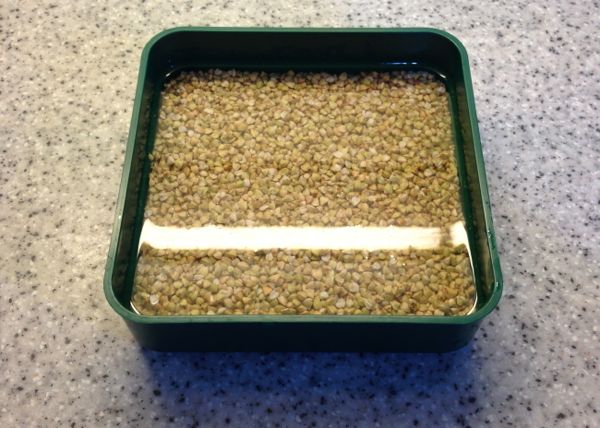
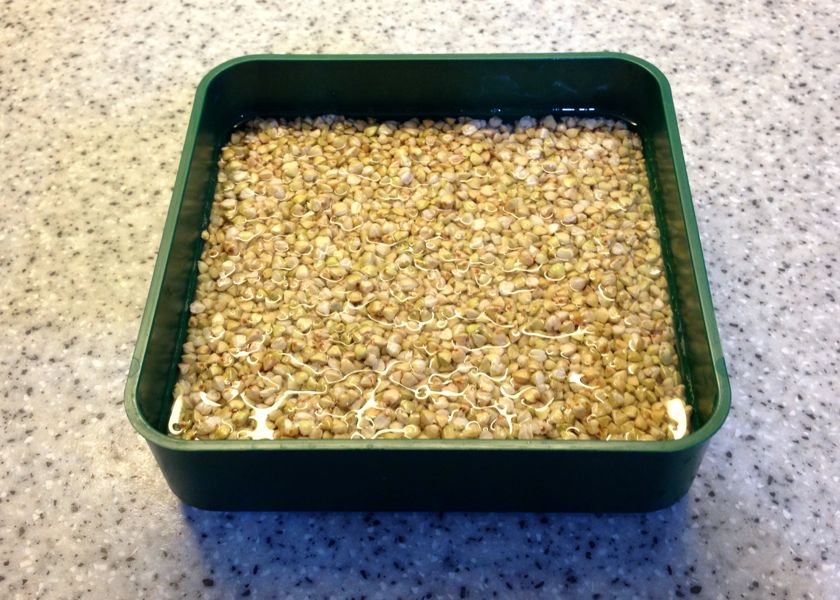
For all other grains soak for 8 hours or overnight.
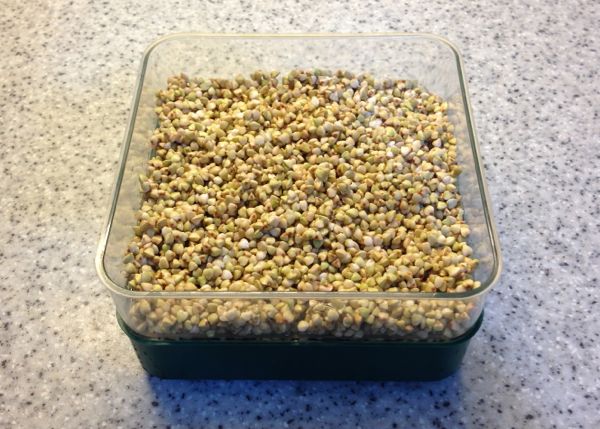
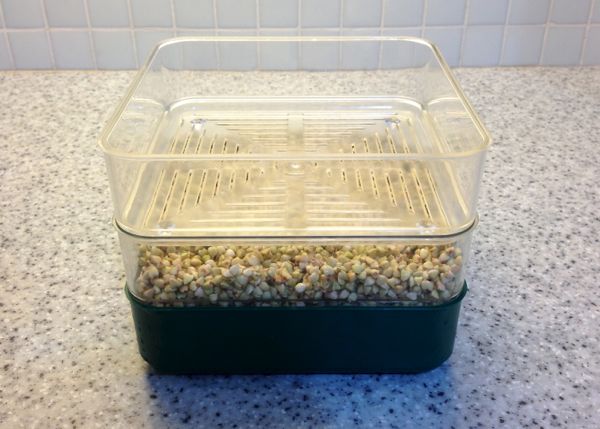
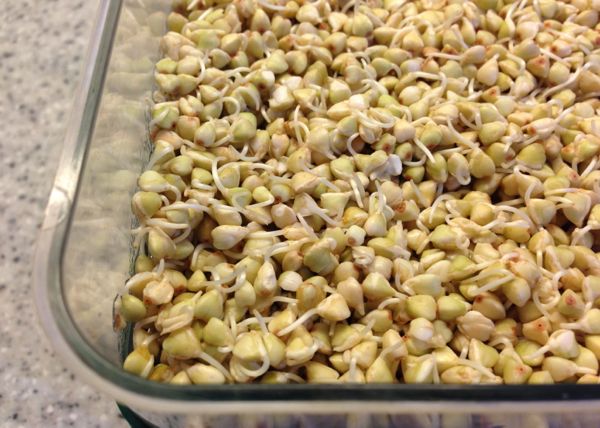
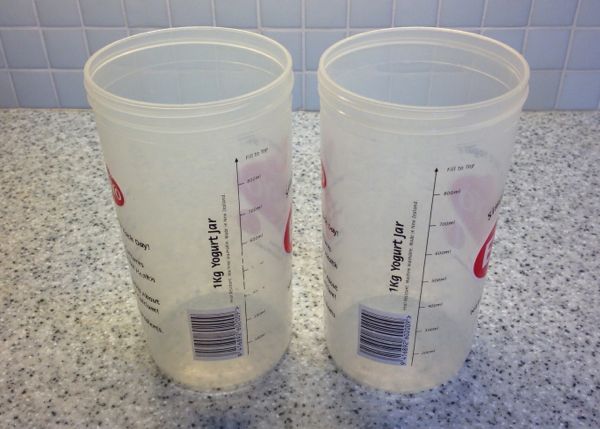
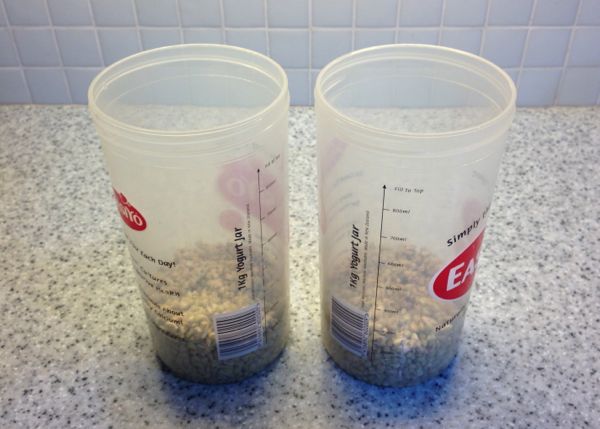
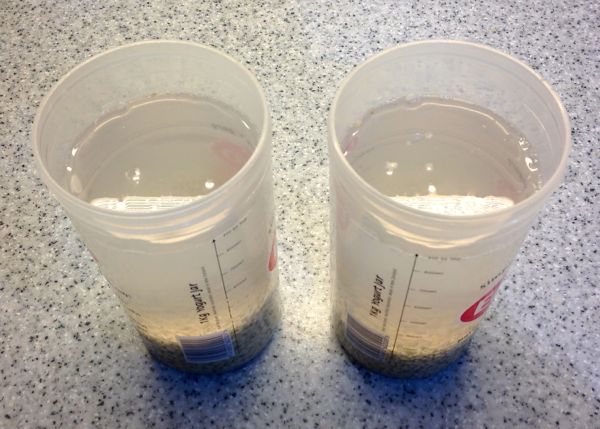
See the note about water quality in the soaking step above.



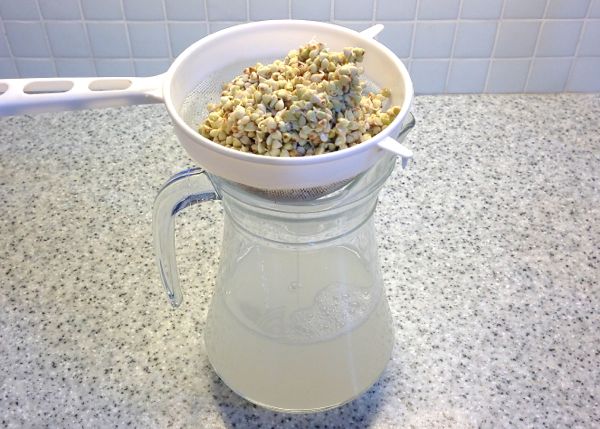
The grains can be returned to the beaker if you wish to re-use them for a second batch (refill the beakers with water and ferment for 1-2 days only)
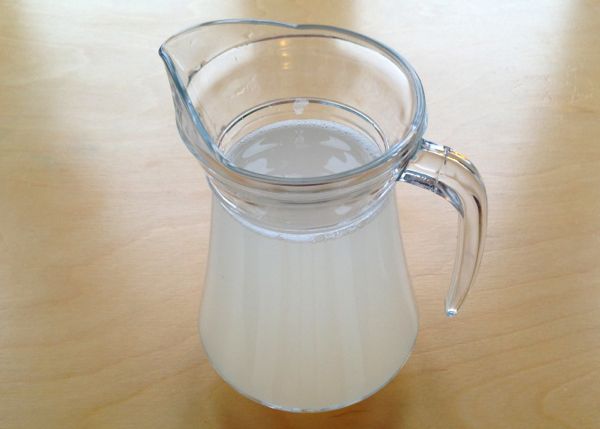
The taste should be sharp, lemony, and a little tangy.
The smell should be just a little earthy, grassy or yeasty, but not too much.
Store the rejuvelac in the fridge at 3C (38F) for up to a week.
Rejuvelac Health and Safety
When you make rejuvelac, you are culturing wild bacteria and yeasts. There is no guarantee that you are only culturing good bacteria. If you are a novice you can reduce the chances of culturing bad bacteria by following these notes.
Keep your equipment clean by scalding everything in boiling water before you start
Don't use tea towels to dry equipment, just let it dry
Buy fresh, dry grains from a reliable source
Use cooled boiled water in preference to tap water for soaking/rinsing/fermenting
Don't make rejuvelac if you've never tasted it before...you won't know if it smells/tastes OK
Rejuvelac tastes like the whey drained from soya yoghurt - tart, fresh and acidic. The smell should be just a little earthy. If the taste is earthy, or the smell is strongly earthy, you should discard it.
For your first batch as a novice, drink just half a cup and wait for 3 days. The rejuvelac will keep for a week, and you can drink more after 3 days if it agrees with you!
If you get stomach ache, you may have cultured bad bacteria and you should discard the rejuvelac.